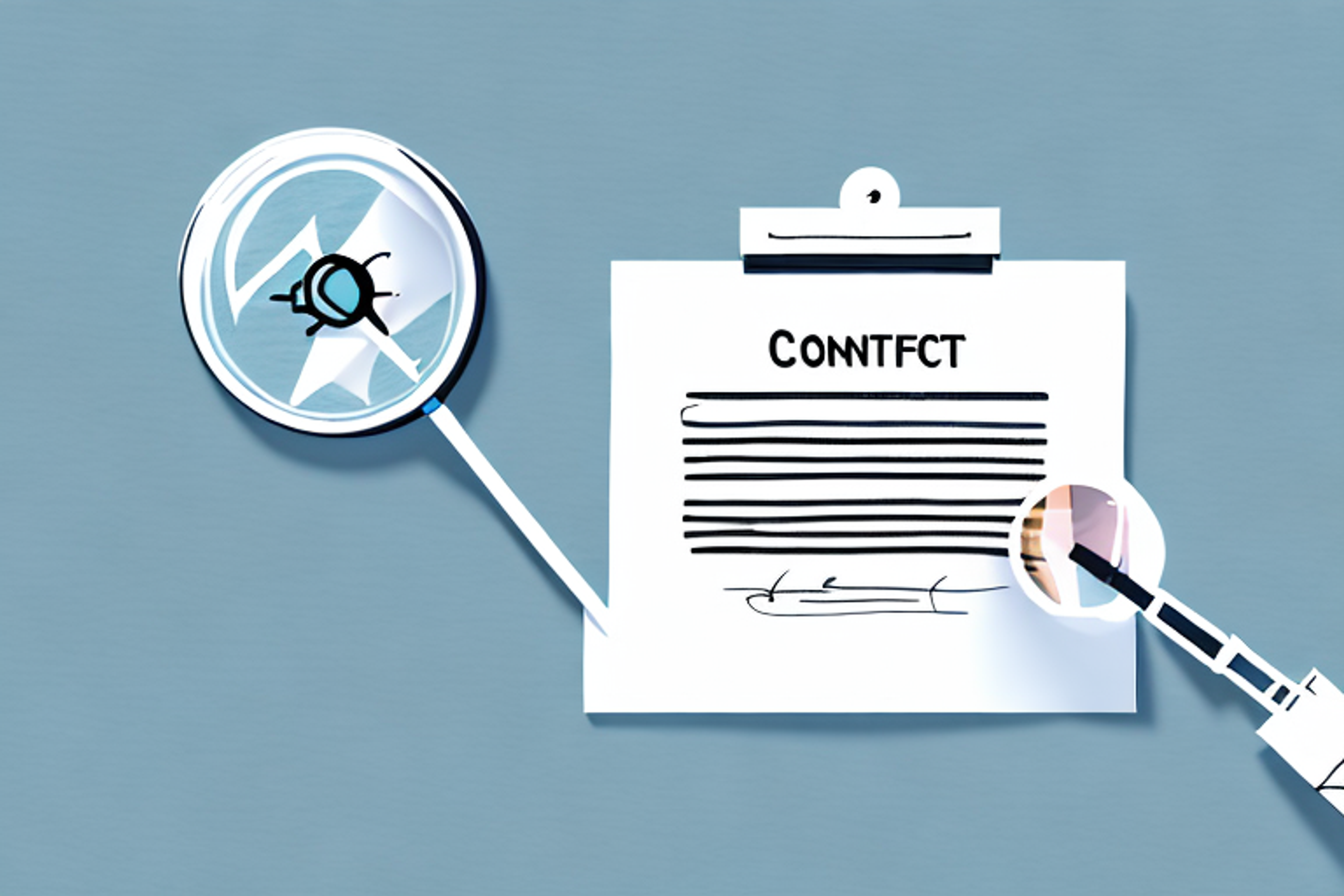The Kano Model: Using Customer Satisfaction to Drive Product Innovation
Discover how the Kano Model can help you understand customer satisfaction and drive product innovation.
Posted April 10, 2025

Table of Contents
As businesses strive to stay competitive and attract customers, a key factor that often gets overlooked is customer satisfaction. But what if there was a way to not only meet, but exceed customer expectations? That's where the Kano Model comes in. In this article, we'll explore this innovative approach to product development and how it can drive customer satisfaction to new heights.
Understanding the Basics of the Kano Model
The Kano Model was developed by Japanese professor Noriaki Kano in the 1980s with the goal of helping businesses to understand what their customers truly want in a product or service. It suggests that customer needs can be grouped into three categories: must-haves, performance factors, and delighters. These categories are not static and can change over time.
One of the key benefits of using the Kano Model is that it helps businesses prioritize their investments in product development and customer service. By identifying which features are must-haves, performance factors, or delighters, companies can focus their efforts on the areas that will have the greatest impact on customer satisfaction and loyalty. Additionally, the Kano Model can be used to anticipate future customer needs and stay ahead of the competition by developing new products or services that meet those needs before anyone else does.
The Importance of Customer Satisfaction in Product Innovation
Product innovation is driven by customer needs. Without understanding what customers want, businesses could invest time and money into developing features or elements that don't actually add value to the product. The Kano Model can help businesses avoid this pitfall by providing a framework for understanding the customer's perspective.
Furthermore, customer satisfaction is crucial for the success of a product. Satisfied customers are more likely to become repeat customers and recommend the product to others. On the other hand, dissatisfied customers can harm a product's reputation and lead to decreased sales. Therefore, businesses should prioritize customer satisfaction in their product innovation process to ensure the product meets the needs and expectations of their target audience.
How to Implement the Kano Model in Your Business Strategy
Implementing the Kano Model requires a deep understanding of the customer's needs and wants. This can be achieved by conducting market research, surveys, and focus groups. Once this data is obtained, it can be used to identify the three categories of needs and develop features that align with those needs.
It is important to note that the Kano Model is not a one-time implementation, but rather an ongoing process. As customer needs and wants evolve, so must the features and offerings of the business. Regularly gathering feedback and analyzing customer satisfaction levels can help businesses stay ahead of the curve and continue to meet the changing needs of their customers.
The Three Categories of Customer Needs in the Kano Model
The three categories of customer needs are must-haves, performance factors, and delighters. Must-haves are features that are necessary for the product to be considered usable. Performance factors are features that are directly correlated with customer satisfaction. Delighters are features or elements that exceed customer expectations and create a feeling of surprise or delight.
It is important for businesses to understand the different categories of customer needs in order to prioritize product development and improve customer satisfaction. By focusing on must-haves, businesses can ensure that their product is functional and meets basic customer expectations. Performance factors can then be optimized to improve customer satisfaction and differentiate the product from competitors. Finally, delighters can be added to create a memorable and positive customer experience, leading to increased loyalty and word-of-mouth referrals.
Using the Kano Model to Identify Must-Have vs Attractive Features
When developing a product using the Kano Model, it's important to differentiate between must-haves and attractive features. Must-haves are critical for the product to function, while attractive features are not essential but can enhance the product experience. The Kano Model helps businesses to prioritize must-haves and focus on developing features that are most important to the customer.
One of the key benefits of using the Kano Model is that it can help businesses to stay ahead of the competition. By identifying must-have features that competitors may not have, businesses can differentiate themselves in the market and attract more customers. Additionally, the Kano Model can also help businesses to avoid investing resources in developing features that customers may not find valuable, ultimately saving time and money in the product development process.
Real-World Examples of Successful Implementation of the Kano Model
Many successful companies have used the Kano Model to enhance their product offerings. For example, Apple's introduction of the touch screen on the iPhone was an innovative delighter that exceeded customer expectations. Another example is Amazon's introduction of free two-day delivery for Prime members, which started as a delighter and became a must-have feature for online shoppers.
Another company that successfully implemented the Kano Model is Netflix. By introducing personalized recommendations based on viewing history, Netflix created a delighter for its customers. This feature not only exceeded customer expectations but also increased customer loyalty and retention. Additionally, Netflix's introduction of original content, such as the hit series "Stranger Things," was a performance attribute that satisfied customer needs and expectations.
The Role of Customer Feedback in the Kano Model
Customer feedback is critical when using the Kano Model. It's important to continuously gather customer feedback to ensure that the development of features aligns with their needs. Businesses can use customer surveys, focus groups, and online reviews to gather feedback and adapt their product offerings accordingly.
Moreover, customer feedback can also help businesses identify new opportunities for innovation. By analyzing customer feedback, businesses can identify unmet needs and pain points that customers are experiencing. This can lead to the development of new features or products that can differentiate the business from its competitors and provide additional value to customers.
The Benefits and Limitations of Using the Kano Model for Product Innovation
The benefits of using the Kano Model for product innovation are numerous. The framework helps to align product development with customer needs, prioritize features, and exceed customer expectations. However, there are also limitations to the model. Customer needs can be subjective and constantly evolving, and the model does not account for external factors such as changes in the market or technological advancements.
Despite its limitations, the Kano Model can still be a valuable tool for product innovation. By understanding the different types of customer needs (basic, performance, and excitement), companies can develop products that not only meet basic requirements but also exceed expectations and create a positive emotional response. Additionally, the Kano Model can help companies identify potential areas for innovation and differentiate themselves from competitors. Overall, while the Kano Model may not be a perfect solution, it can still provide valuable insights for product development teams.
Common Mistakes to Avoid When Applying the Kano Model
One common mistake when applying the Kano Model is assuming that all customers have the same needs. It's important to consider individual differences in customer preferences and segment the market accordingly. Another mistake is not taking into account changes in customer needs over time or external factors that could influence their preferences.
Another mistake to avoid is relying solely on customer feedback to determine their needs. While customer feedback is important, it's also important to conduct market research and analyze industry trends to gain a deeper understanding of customer needs and preferences.
Additionally, it's important to prioritize the features and attributes identified through the Kano Model. Not all features are equally important to customers, and some may even be considered basic expectations rather than delighters. Prioritizing the most important features can help ensure that resources are allocated effectively and that customer satisfaction is maximized.
Combining the Kano Model with Other Product Development Methods
The Kano Model can be combined with other product development methods, such as agile development or design thinking. This can help to create a holistic approach to product development that takes into account customer needs, market trends, and business resources.
Measuring Customer Satisfaction with the Kano Model: Tips and Best Practices
Measuring customer satisfaction with the Kano Model can be achieved through surveys, focus groups, and online reviews. It's important to continually gather feedback and adapt the product offerings based on customer needs and preferences. In addition, it's helpful to segment the market and tailor product offerings to specific customer groups.
Future Trends and Applications of the Kano Model in Product Innovation
The Kano Model is constantly evolving, and its future applications in product innovation are promising. As technology continues to advance and customer needs change, businesses will need to adapt and update their product offerings accordingly using the Kano Model as a guide. Additionally, the model could be applied to other areas of business, such as marketing or customer service, to further enhance customer satisfaction.
Conclusion: How to Leverage the Power of Customer Satisfaction with the Kano Model
The Kano Model is a powerful tool for businesses looking to enhance customer satisfaction and drive product innovation. By understanding and prioritizing customer needs, businesses can develop products that not only meet expectations but exceed them. Remember to continually gather customer feedback and adapt product offerings based on changing preferences and market trends. With the Kano Model as a guide, businesses can create products that leave customers satisfied and coming back for more.


















